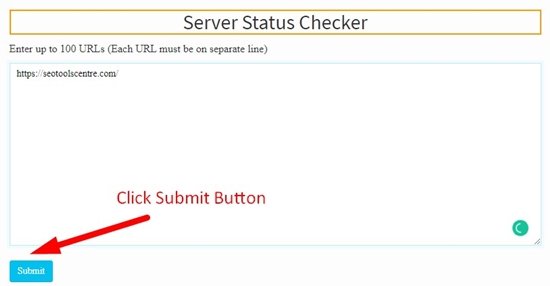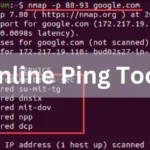What Is a Server Status Checker and Why Do You Need One?
In today’s digital age, website uptime is critical to user experience and search engine rankings. Ensuring your server runs smoothly can make the difference between retaining customers and losing them to competitors. But how can you stay on top of your server’s performance? A Server Status Checker is the tool you need. Let’s explore its significance, how it works, and how to use it effectively.
Contents
What Is a Server Status Checker?
A Server Status Checker is an online tool designed to monitor the performance of a web server. It tests whether the server is running or if it’s experiencing downtime. This helps website owners, developers, and administrators stay informed about the health of their servers and troubleshoot problems early.
Why Is Monitoring Server Status Important?

- Website Uptime and Availability
If your server goes down, so does your website. A server status checker ensures your site remains accessible to users by giving real-time updates on its operational status. Frequent downtimes can negatively affect customer trust, especially if your site is part of an e-commerce platform where every minute of downtime can lead to loss in sales. - Improved User Experience
A website that loads slowly or fails to respond entirely drives users away. By monitoring the server status, you can avoid these issues and keep your users happy with a fast, responsive site. - SEO Benefits
Server uptime and page load speed play a role in how your site ranks in search engines. Google, for instance, penalizes sites that suffer from frequent downtimes. Regular server monitoring helps you maintain good SEO standings.
How Does a Server Status Checker Work?
A server status checker works by sending HTTP requests to your website’s server to check whether it’s responding correctly. If the server replies as expected, it’s classified as “up.” If no response is received, or if the response takes too long, the server is deemed “down,” prompting you to take action.
Most tools also offer detailed reports, indicating performance statistics such as response times, outages, and other metrics vital for optimizing server functionality. Some advanced checkers even provide alerts via email or SMS, so you can react swiftly if something goes wrong.
Key Features to Look For
When choosing a Server Status Checker, look for the following features:
- Real-time Monitoring: Get instant updates about your server’s performance.
- Historical Data: Track server performance over time to identify recurring issues.
- Multiple Server Testing: Monitor several servers simultaneously to save time.
- Alerts and Notifications: Receive alerts when your server goes down, allowing for faster troubleshooting.
How to Use a Server Status Checker Effectively
- Regular Monitoring: Even if your server is generally stable, regular checks are essential to catch any unexpected issues.
- Set Alerts: Use tools that offer email or SMS notifications for immediate action.
- Combine Tools: A server status checker can be paired with other useful tools like an Encoder/Decoder to streamline website operations.
For those new to server monitoring, many free tools are available online. Websites like Mini SEO Tools offer a variety of useful utilities, including server status checkers, making it easier to ensure your site stays operational.
Conclusion
A Server Status Checker is an essential tool for maintaining the health of your website. By keeping track of server uptime, you can ensure that your users enjoy a seamless experience, which in turn helps improve SEO rankings and retain traffic. With real-time alerts and valuable performance insights, a good server status checker can save you time, money, and the potential loss of customers.
FAQs
How often should I use a Server Status Checker?
Regularly monitor your server status, at least daily, to catch potential downtime and respond quickly.
Can a Server Status Checker improve my website’s SEO?
Yes, maintaining server uptime and fast response times can positively affect your SEO, helping your site rank higher in search engines.



















